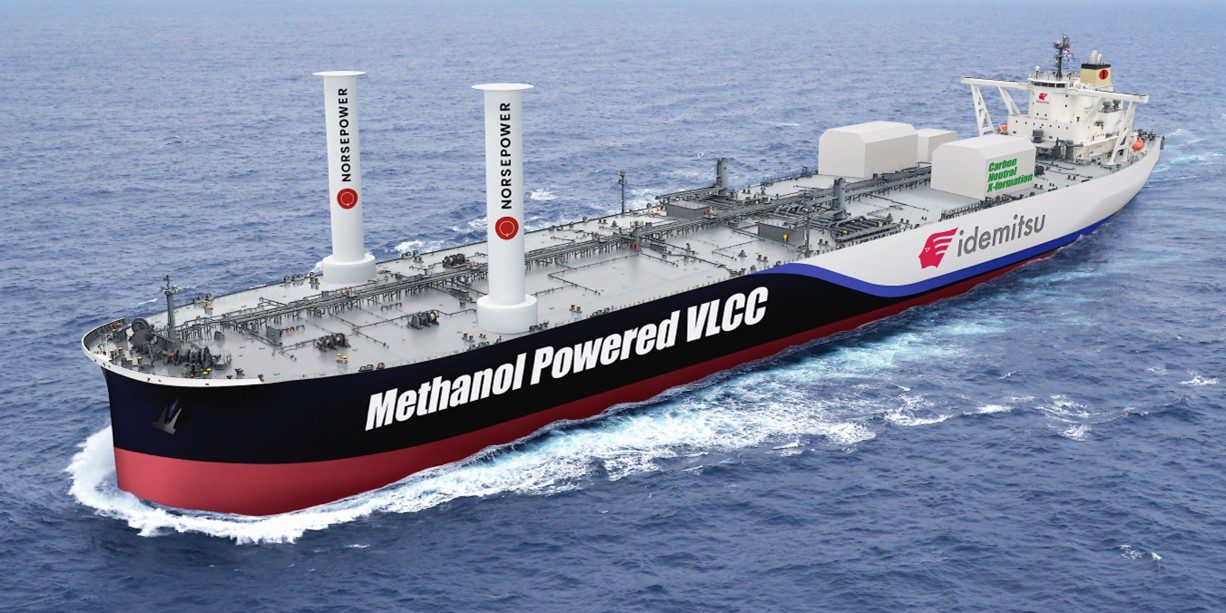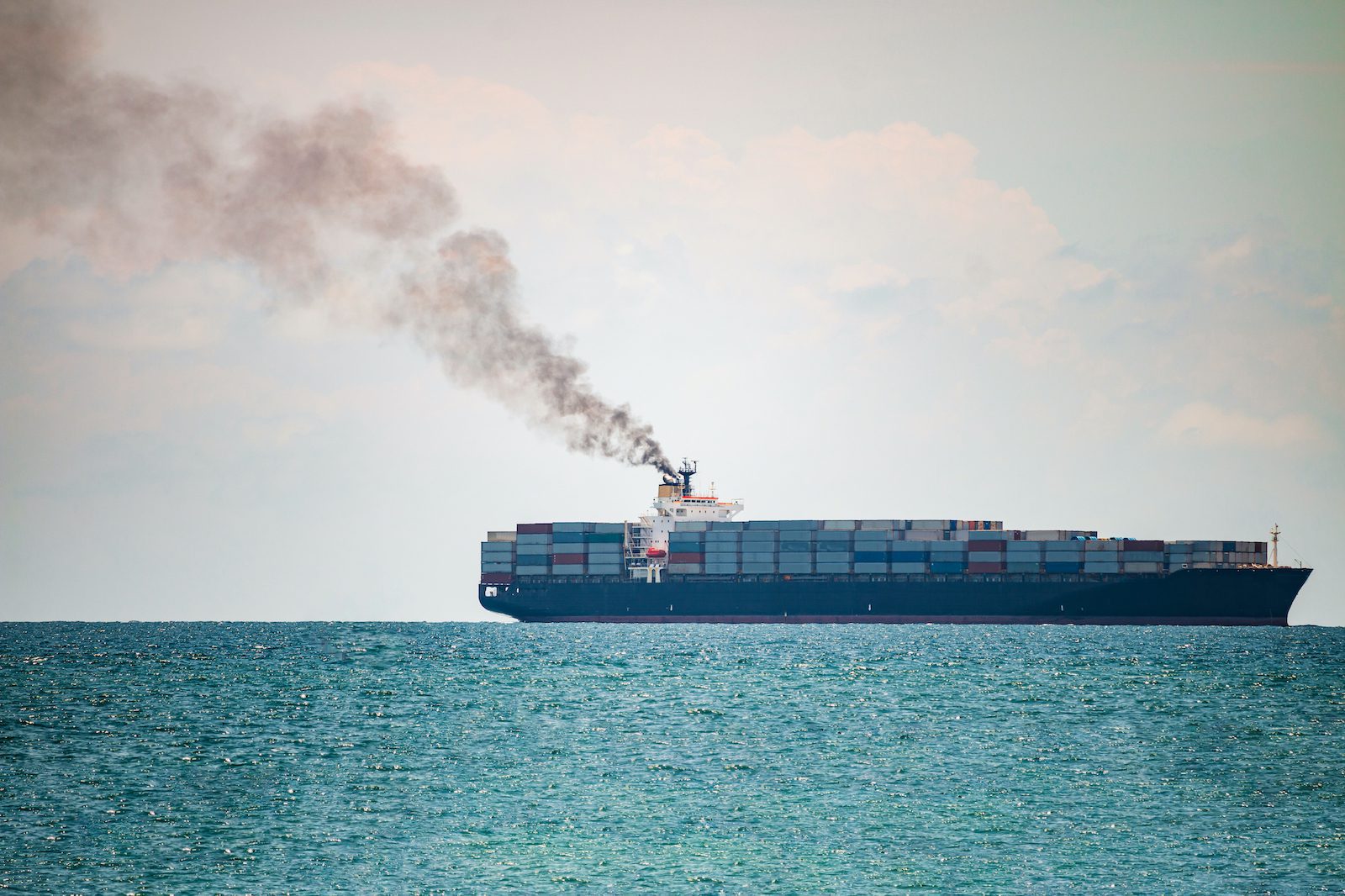Call it the quiet surrender. Ørsted, an oil giant that once had a market cap greater than BP, then pivoted from oil and gas into offshore wind with swagger, is cutting roughly a quarter of its global workforce. That’s about 2,000 jobs out of roughly 8,000 people, spread over the next couple of years. The company will shed roughly 500 positions this year, about 235 in Denmark alone, and expects to claw back costs as it pivots to fewer, firmer commitments.
This isn’t an HR problem. It’s a logistics, financing, and political problem, a three-way collapse of the very things you need when you tie national energy to industrial capability: capital markets that behave rationally, supply chains that actually deliver, and governments that prioritize green investment.
The numbers aren’t poetic, they are brutal
Ørsted said it raised more than $9 billion in a rights issue as it scrambled to shore up a balance sheet stretched thin by rising interest rates and ballooning equipment costs. Supply-chain bottlenecks and higher financing costs turned projects that looked bankable on paper into albatrosses at sea. The company has paused a major UK project, walked away from two US projects and is divesting its European onshore wind business. That is not clever “portfolio management.” That looks like contraction under pressure.
Also Read: Federal Court Reverses Trump’s Stop-Work Order on Revolution Wind
In an interview with the Financial Times, Rasmus Errboe, Ørsted’s CEO, put it plainly: finish the construction jobs you’ve committed to, digest them, and then shrink the industrial footprint to match the new reality. Translation: less work, fewer people, fewer ships, fewer yards, less national resilience.
Offshore wind isn’t just about green PR and Instagram turbine selfies. It is an industrial mobilization: ports, heavy lift, cranes, specialized vessels, trained crews, local shipyards and steel supply chains. When an anchor tenant like Ørsted shrinks, the ripples travel.. crane time evaporates, yards idle, day-rates collapse, and trained crews find themselves looking for shore jobs.
The company’s filing doesn’t finger a single villain, but it’s clear: interest rates, overextended supply chains, and political uncertainty in the U.S. spooked investors. Call it what you will, regulatory whiplash, hostile trade politics, or plain old partisan uncertainty, the result is the same: investors discount future cash flows, banks tighten up, and projects become uneconomic.
If you wonder why industry leaders keep talking about the need for predictable long-term policy, this is why. Renewables aren’t a hobby you can scale with charity. They require capital markets to see decades of stable cash flow. They require governments to underwrite risk where it’s prudent (via contracts, loan guarantees, industrial policy, etc) because the private sector won’t pay the tab when politics makes green returns precarious.

 Join The Club
Join The Club











